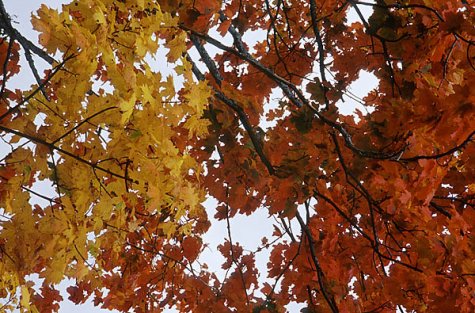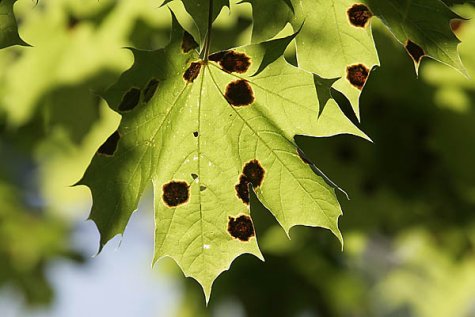Colours, colours ...
Photos: Arne Ader
Translation: Liis
Red and yellow maple
|
Maple, Norway maple |
Harilik vaher
|
Acer platanoides |
It is difficult to pass the display of colours of maples without a glance, and even more so in sunny autumn weather. The light under the trees glows in red or yellow hues. The large, five-cornered leaves live the flaming end of their annual cycle, surrounding the dark crown. Immensely romantic.
The green chlorophyll of the maple leaves breaks down from physiological as well as anatomical causes, and in the cells of the leaf the yellow or red carotenoids become visible. The large differences in night and daytime temperature in autumn, strong solar radiation and other changes in the near environment bring up the red antocyanines that add richness of colout to the maple leaves. But years are never twins in the colouring of maple leaves.
There is more to notice about maple trees in autumn. The seeds that still remain on the trees after the spells of stormy weather whirl as they fall. On the leaves pitch black spots have appeared, the work of parasitic fungi, but damage from this rust fungus (Rhytisma acerinum) is very rarely seen in cities. The parasite needs an unpolluted environment for development, so it is an indicator of unpolluted air. Lines of mushrooms with líttle white caps are often seen on the trunks of maples in parks. Sometimes they grow in conspicuous metre-long lines towards the ground. It is the poplar bracket, Rigidoporus populinus, also called Oxyporus populinus, and this fungus causes considerable damage on our city trees.
Maple rust fungus










